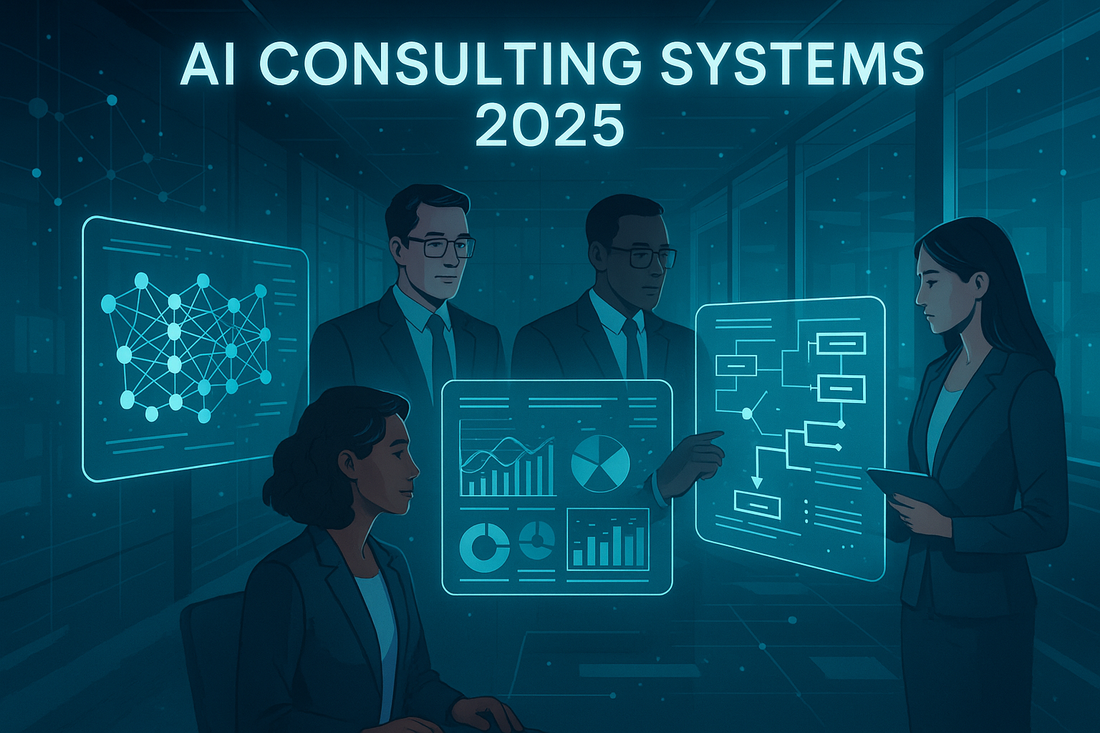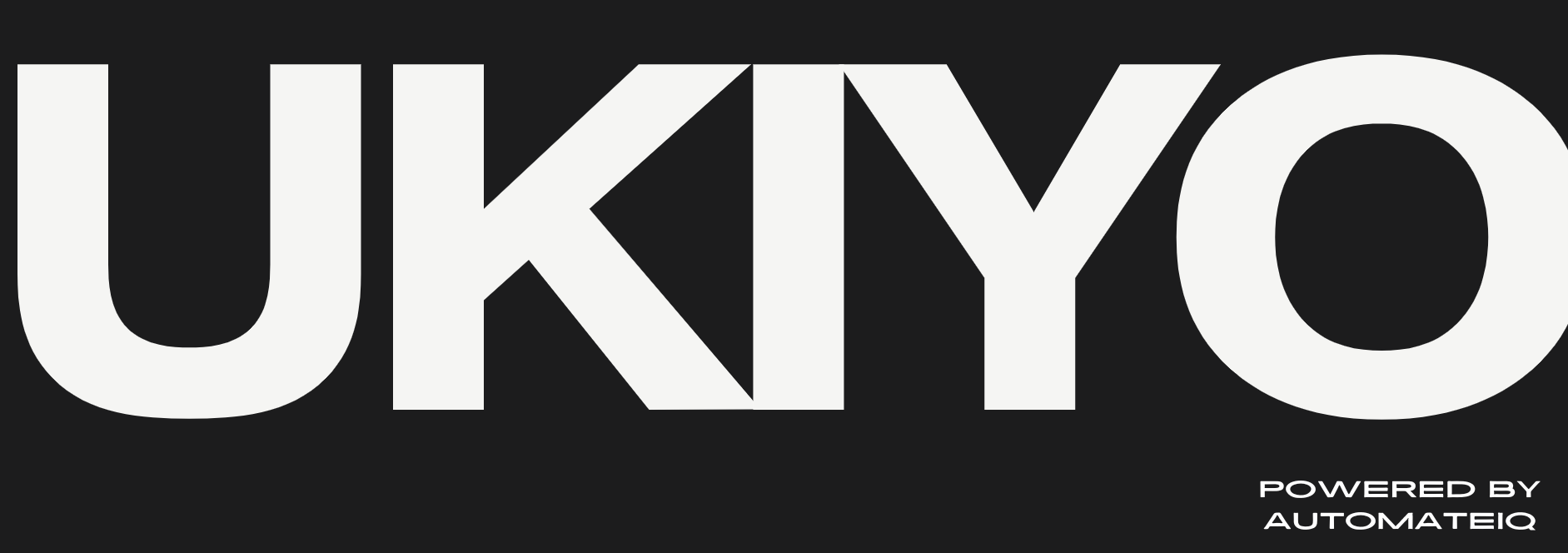The way businesses adopt AI is changing fast.
New models, new platforms, and new rules mean you can’t rely on the same approach you used last year.
If you’re building an AI consulting business, the question is simple:
Which systems should you trust in 2025?
Choosing the wrong tools means wasted hours, confused clients, and missed contracts.
Choosing the right ones means credibility, repeat business, and predictable revenue.
Let’s break it down step by step.
The Problem: Too Many Options, Not Enough Clarity
By 2025, every vendor claims to have an “AI solution.”
Most don’t fit the needs of serious businesses.
-
Some tools are too lightweight for enterprise use.
-
Others create compliance risks in finance, healthcare, and government.
-
Many promise features they can’t deliver at scale.
As a consultant, your clients look to you for clear answers.
You need to recommend systems that balance power, security, and real business value.
Step 1: Focus on Enterprise-Ready Systems
If a client asks you about “the best AI tool,” redirect them to what matters:
Enterprise readiness.
Look for:
-
Proven compliance features (GDPR, HIPAA, financial standards).
-
Clear roadmaps with long-term support.
-
Documented success in enterprise environments.
Example: A bank won’t risk client trust with a lightweight open-source model.
They’ll demand a platform that passes audits and protects sensitive data.
Step 2: Match Systems to Use Cases
Not every client needs the same AI system.
-
Claude 3 (Anthropic): Ideal for document-heavy industries like law and government. Large context windows allow for contract analysis and policy review.
-
Mistral: Best for regulated industries needing open-source transparency. Clients who want in-house control of their data lean here.
-
Perplexity: Great for consultants who deliver research-driven insights. Perfect for market analysis, competitor tracking, and data-heavy reports.
-
Microsoft Copilot: Fits into existing Microsoft workflows. Strong choice for SMBs and enterprises already on Office 365 or Dynamics.
-
Midjourney: The creative side. Use it when clients need brand visuals, ads, or content packages.
Your credibility grows when you show clients exactly which tool fits their problem.
Step 3: Build a Shortlist of “Go-To” Systems
Don’t overwhelm your client with every option.
Create a shortlist of three to five systems you recommend most often.
For 2025, a strong shortlist looks like this:
-
Claude 3 (enterprise document analysis).
-
Mistral (compliance-focused open-source).
-
Perplexity Labs (research and insights).
-
Microsoft Copilot (workflow automation).
-
Midjourney (creative deliverables).
With this list, you can quickly pivot based on a client’s size, budget, and risk profile.
Step 4: Sell Systems as Packages, Not Just Tools
Clients don’t want tools.
They want outcomes.
Instead of saying “We’ll use Claude,” say:
“We’ll deliver faster contract analysis using Claude 3’s large context capabilities, cutting review time by 60%.”
Turn the system into a client-ready package:
-
Compliance review service (Claude).
-
Research and strategy report (Perplexity).
-
Workflow automation package (Copilot).
-
Visual branding bundle (Midjourney).
Packages make your consulting service tangible and worth paying for.
Real Example: From Confusion to Clarity
One consultant I spoke with in late 2024 worked with a healthcare startup drowning in regulations.
They tested multiple AI platforms and wasted weeks without progress.
Once the consultant switched them to Mistral for compliance-friendly open-source, everything changed.
They built an in-house system that passed a third-party audit.
The consultant secured a 12-month retainer because they chose the right system.
That’s the power of clarity.
Step 5: Keep Learning and Updating
AI systems evolve every quarter.
A tool that works today may lag behind tomorrow.
Stay ahead by:
-
Reviewing product roadmaps every 6 months.
-
Joining expert communities for early updates.
-
Testing new features with mock client projects.
Your clients pay you for staying one step ahead.
The Bottom Line
AI consulting systems for 2025 are about choosing tools that deliver compliance, clarity, and client-ready results.
You don’t need every option.
You need a reliable shortlist, clear packages, and a way to tie tools directly to client outcomes.
To make the right decision for your business, grab the Enterprise AI Mastery: Delivering Secure, Compliance-Ready Solutions with IBM Watsonx ebook and get a tested system for compliance-ready AI solutions.
That’s how you move from guessing tools to selling solutions.






0 comments